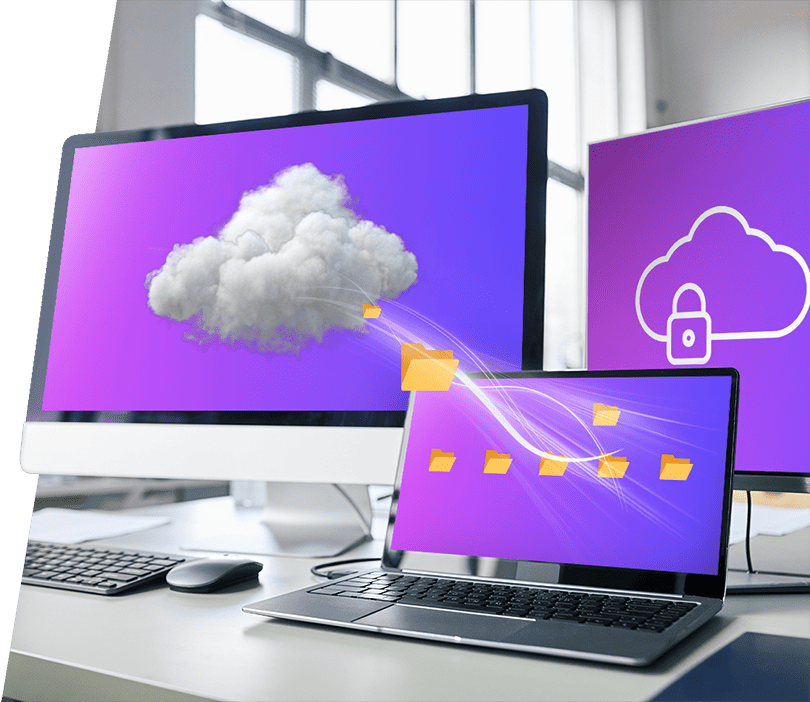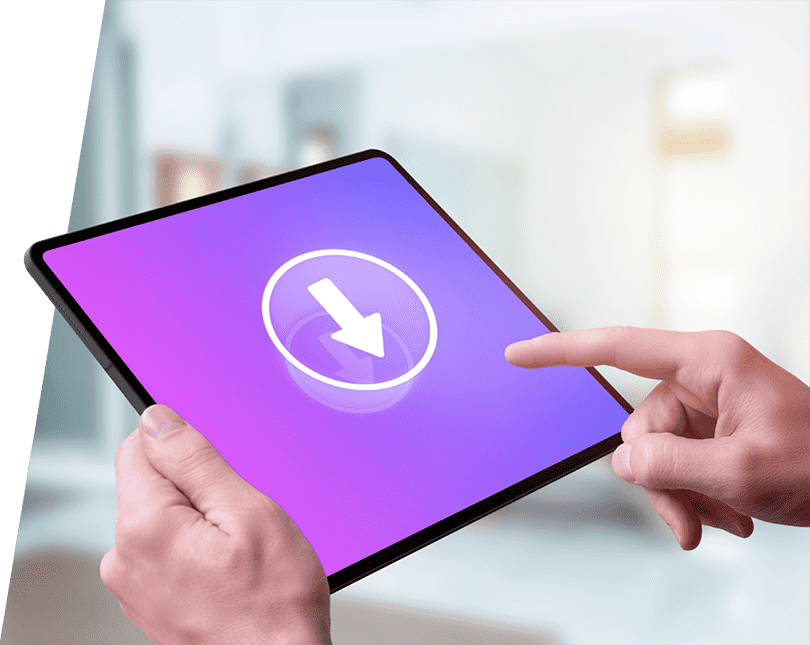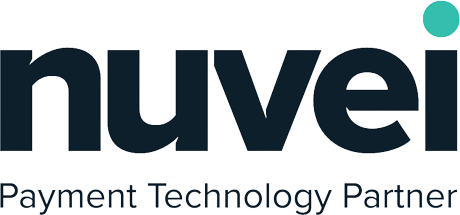Identity & Access Management (IAM)
Frictionless, unified access governance for all your business applications.

Go Beyond Legacy Solutions
We at GlobalDots hunt for the most cutting edge and relevant technologies out there.
Once tested and found qualified we bring you the most certified innovative products out there for every pressing use case.

Your Benefits
Leverage our experience to integrate every single application and completely eliminate in-app sign on. Receive custom integrations, including undocumented ones which require API work, or more common platforms like Gsuite, Office365, and HR systems.

 Compliance Enablers
Compliance Enablers
Get an expert’s touch in policy configurations, weaving all relevant best practices into your employees’ daily operations. Peacefully head on to mergers and funding, ensuring compliance with common standards like ISO 27001, SOC2, etc.

Launching or replacing an IAM solution can be stressful. Everything has to function flawlessly, otherwise angry emails will start pouring in. As most vendors have only basic support centers, having an expert partner to walk you through can shorten adoption time by 50%.

As part of the Okta Ozone community, we always know what’s coming up. Communicating directly with vendor product teams, we are able to influence their roadmaps based on our customers’ needs.

Move Beyond Passwords
IAM is the first and foremost gatekeeper of today’s working environments – one place to manage passwords and permissions to reduce both UX friction and potential breach damage. Its 3 pillars are identification, authentication, and authorization, which together make up the access journey. Therefore, no wonder that 70% of security leaders identify IAM as essential for a Zero Trust strategy. However, some axioms which shaped “mainstream” IAM are quickly running out of date. In this eBook, we invite you to rethink the very core of the entire concept of user identity: The password.

It’s time to get rid of passwords!
-
What is an Identity and Access Management system?
In simple terms an IAM system confirms who somebody is, what they should have access to, and then brokers that access in a uniform manner. A real life, tangible example of an IAM system would be keycards that access buildings. In this example you have a database of people all with different access levels, where users and privileges can be provisioned and de-provisioned from a central location
-
What are the 4 components of identity access management?
Some of the main components of IAM are;
- Directory & User ID – The database of people and a way to identify specific people in that database (usually email address or similar)
- Authentication – Confirming the identity of someone with password, MFA or biometrics
- Authorization – Once authenticated the part of the system that enforces what a person can access
- Role-Based Access Control (RBAC): Assigning permissions based on roles, typically in direct relation to their responsibilities within a company
- Single Sign On (SSO)- Allows people to log in once and gain access to multiple systems without being prompted to log in again for each system
- Federated Identity Management (FIM): Extends databases of people across different companies
- Privileged Access Management (PAM): Guardrails for administrative accounts to ensure power user accounts are not abused, often includes Just in TIme (JIT) access to allow privileged work to happen in a specific time window
- Access governance – Audit and compliance logs, and the tracking of those logs in order to ensure policy is adhered to and to highlight suspicious/malicious or irregular user behaviour
-
What is cloud-based IAM?
Cloud-based IAM is a secure platform provided by vendors like Okta in order to handle all the challenges of IAM at scale and in a highly-available way. Cloud base-based IAM offers companies the ability to;
- Outsource the more complex parts of IAM
- Benefit from a full feature platform with continuous innovations
- Deploy a solution quickly and securely
- Easily crete a single source of truth for IAM
-
What is an IGA solution?
An IGA (Identity Governance and Administration) solution is something that helps to wrap IAM solutions with the required red tape for enterprise or other highly regulated or security conscious environments. They typically add features like;
- Identity Lifecycle Management: This includes creating, modifying, and deleting user identities throughout their lifecycle, from onboarding to offboarding. It automates the provisioning and de-provisioning of access rights based on predefined policies.
- Role-Based Access Control (RBAC): Defining and managing roles within an organization, ensuring people are granted access based on their responsibilities.
- Compliance and Audit: Maintaining records of access rights; who did what and when
- Access Requests and Approvals: So people can request access to resources, and these requests can be routed through to the appropriate person or system
- Policy Management: Allowing organizations to define and enforce policies related to IAM, such as least privilege, and access recertification.
-
What are the core components of an Identity & Access Management solution?
Identity & Access Management (IAM) solutions have lots of capabilities to help manage employees access to enterprise applications in a secure and simple manner. The main components range from Single Sign-On (SSO) and Multi-Factor Authentication (MFA) to passwordless add-ons and automation of employee onboarding, role changes and offboarding from the company.
-
What types of integrations should an Identity & Access Management solution have?
Identity & Access Management (IAM) solutions should integrate with Active Directory (AD) or LDAP services, HR systems, email providers and most popular enterprise apps, including SaaS apps like Salesforce, Hubspot or Cloud Service Providers like AWS or Azure, etc.
-
Where do Identity & Access Management solutions fit as part of the Zero Trust security strategy?
Identity & Access Management (IAM) solutions are the foundation of Zero Trust security. In order to provide access to employees based on their role and location, you need to first manage their identities in a centralized place, allowing them to authenticate once and provide access to enterprise apps based on their authorized privileges. Typically you start the IAM journey with SSO and MFA, providing unified IAM solution, and go up the stack to contextual-based access policies or adaptive policies based on the user’s behavior.















